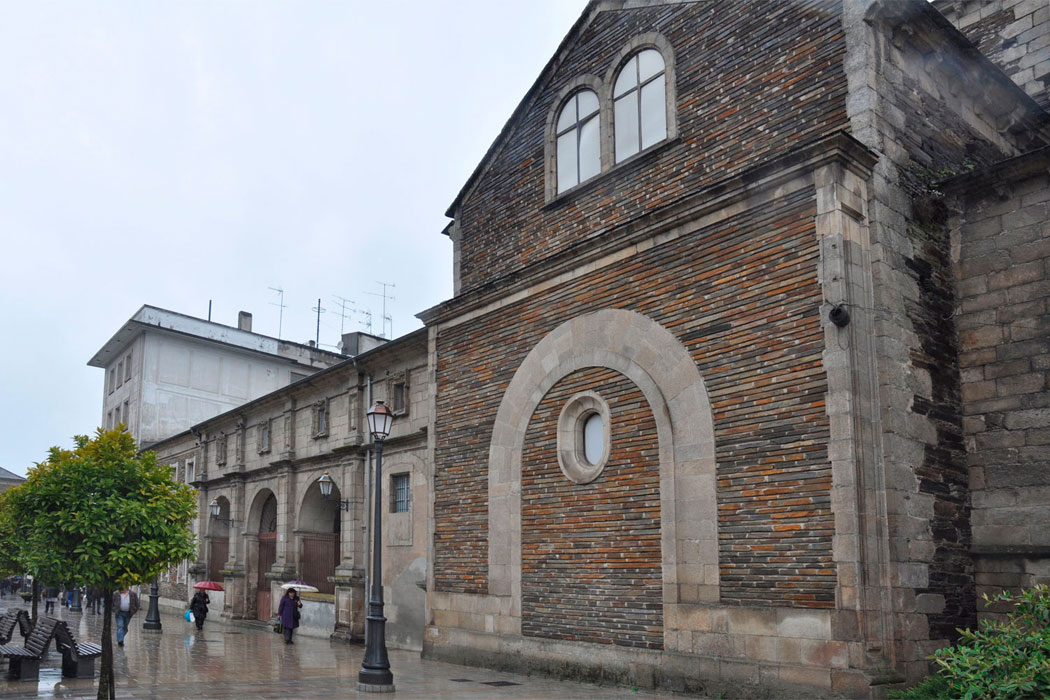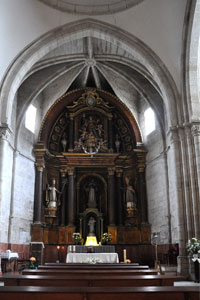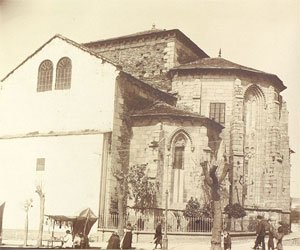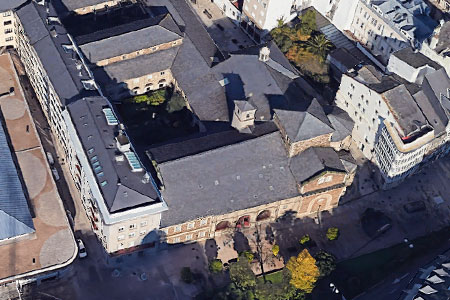The Dominicans arrived in Lugo from Santiago de Compostela in 1274, thanks to the initiative of Bishop Fernando Arias, who occupied the episcopal see between 1270 and 1276. Despite the initial opposition of some of the city's ecclesiastical institutions, they received the approval of Pope John XXI in 1277 and later that of the new bishop.
After using a temporary chapel, they obtained the land necessary to build the convent and the church. By the end of the 13th century, the work had progressed to the point where a college could be set up. In 1303 the construction of the church began with the collaboration of the Aguiar family. Pedro López de Aguiar (c. 1314-c. 1400), a friar of this convent, contributed to its construction and in 1349 he was appointed bishop of this diocese. Most of the work on the church was carried out between 1350 and 1390.
Later, in the 17th and 18th centuries, important changes were made that transformed the convent complex. The convent was occupied by the Dominicans until the exclaustration, after which it became a hospital, and since 1840 it has been occupied by a community of Augustinian nuns. The church preserves some Gothic elements, especially the choir and the entrance door, which is located under an 18th-century porch.
- BALSA DE LA VEGA, Rafael (1912). Catálogo - inventario monumental y artístico de la provincia de Lugo. M-CCHS RESC/1184
- LÓPEZ, F. Juan (1613). Historia general de Sancto Domingo, y de su orden de predicadores. Tercera parte. Valladolid: D. F. de Cordova
- PARDO VILLAR, Aureliano (1936-1945). El convento de Santo Domingo de Lugo. Notas históricas. Boletín da RAG, núm. 263, 273, 281-284
- RAÍCES NÚÑEZ. Mª. Luisa (1983). La sillería del Coro de Santo Domingo de Lugo. Boletín do Museo Provincial de Lugo, núm. 1







